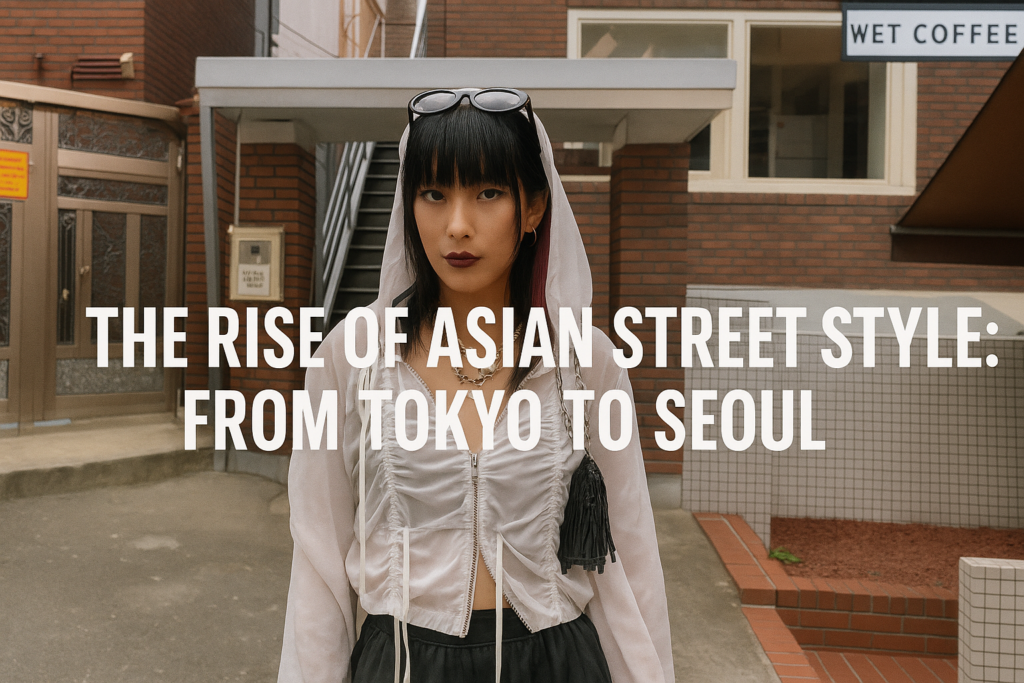Over the past decade, Asian street style has emerged as a global force in the fashion world, captivating trendsetters and designers alike. From the neon-lit streets of Tokyo’s Harajuku district to the sleek boulevards of Seoul’s Gangnam, Asian youth have redefined what it means to be fashionable on their own terms. No longer seen as mere followers of Western trends, these fashion-forward cities are now global influencers, setting the tone for how streetwear is perceived and consumed around the world.
Tokyo has long been regarded as a fashion laboratory, where creativity thrives without limits. Its street style is a mix of punk, kawaii, vintage, and futuristic aesthetics. Here, individuality is everything. Walk through areas like Shibuya or Harajuku and you’ll see an endless parade of bold, layered outfits, often combining designer labels with thrifted pieces and handmade accessories. It’s not uncommon for Tokyo’s youth to treat fashion as performance art each outfit tells a story, challenges norms, and expresses inner worlds in bold color and shape.
Seoul, by contrast, represents a more refined and minimalistic approach, with a deep appreciation for clean lines, neutral palettes, and clever tailoring. Korean street style is sleek, chic, and carefully curated, reflecting the country’s fast-paced, image-conscious urban culture. Korean fashionistas mix luxury with affordable brands, creating an effortlessly cool aesthetic. Influenced by the omnipresence of K-pop and K-drama, Seoul’s style icons are often trendsetters whose outfits go viral within hours. From oversized blazers to chunky sneakers, and from soft pastel tones to sharp monochrome looks, Seoul has carved out its own distinctive street style identity.
Social media has played a pivotal role in the rise of Asian street fashion. Instagram, TikTok, and YouTube have become platforms where young fashion lovers showcase their unique looks and build global followings. Influencers and stylists from Asia are not only celebrated at home but are gaining traction internationally. Their impact is visible in major fashion weeks, collaborations with global brands, and in the ever-growing popularity of Asian-inspired clothing lines worldwide.
The influence of Asian street style extends beyond clothes. It shapes makeup trends, hairstyles, and even attitudes toward body image and self-expression. It promotes experimentation and celebrates diversity not just in appearance, but in gender identity, lifestyle, and art. In both Tokyo and Seoul, fashion is not confined to the runway; it lives and breathes in alleyways, cafes, subways, and music scenes.
This rise marks a shift in the global fashion landscape. Where once New York, Paris, Milan, and London dictated the rules, now cities across Asia are rewriting them. They are proving that style is not just about luxury or tradition it’s about innovation, identity, and fearless self-expression. The street has become the new runway, and Asia is confidently leading the charge.

